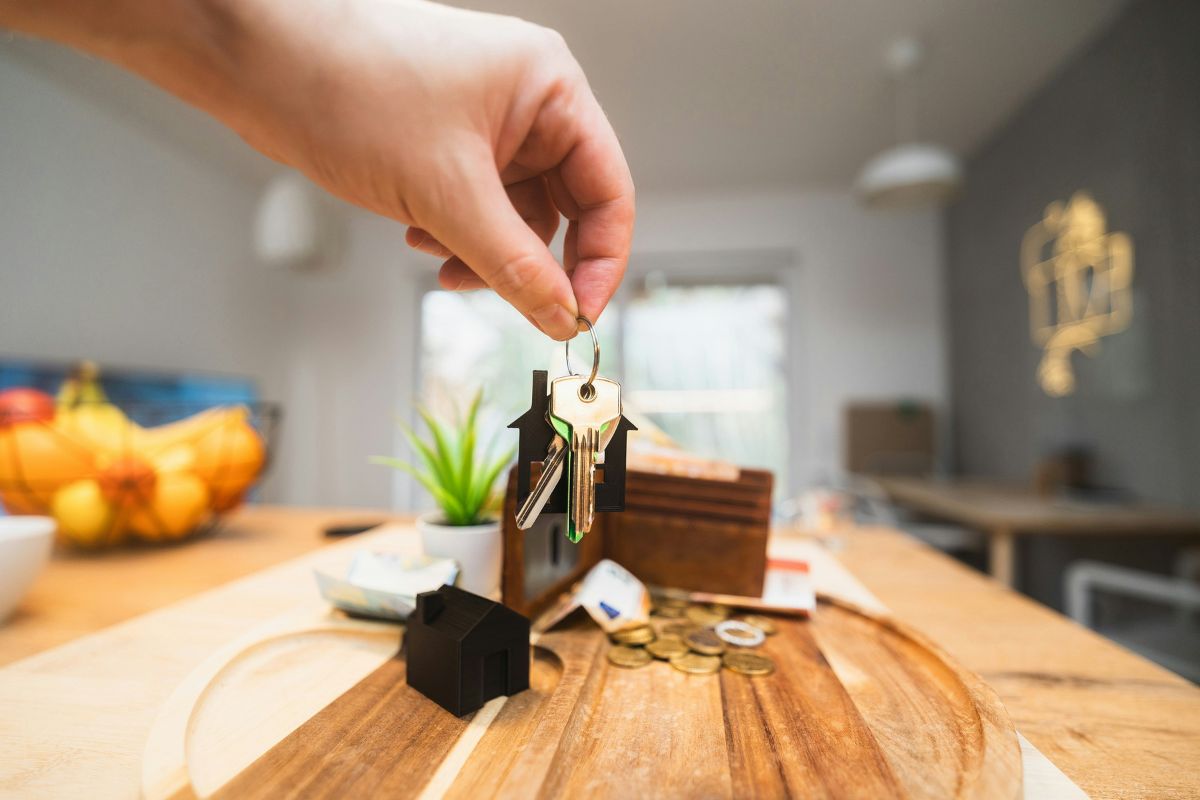US Interest Rates – What it Means for Australia
Does anyone really know how interest rates are going to play out? The majority of economists have been wrong on both the last two RBA decisions, first to raise, and then to hold in July. A similar thing is going on in the USA. So what does it all mean for our economies and what happens next?
USA leads the way
The US Federal Reserve, known commonly as ‘The Fed’, decided to pause its interest rate hikes midway through June. Its official rates now sit at 5%-5.25% and its inflation was 4% in May, down from a 40-year high of 9.1% this time last year.
The Fed’s chair Jerome Powell did warn, however, that further rate increases this year were likely in order to bring inflation under control and down towards its target mark of 2%.
Sound familiar?
Well, at its July meeting, the Reserve Bank of Australia (RBA) also decided to pause rates. Our governor Phillip Lowe also warned of further increases to get inflation under control.
Australia’s cash rate now sits at 4.1%. Our inflation peaked at 8.4% in December last year and was 5.6% at the last reading, and the RBA’s target range is 2-3%.
Most major economies in the world are following a similar path after going big on stimulus during the pandemic years and seeing inflation soar as a result.
Both central bank bosses in the USA and Australia are now stating they are pausing to monitor the economy’s response to the tightening measures.
Both want to see unemployment rise a bit from 50-year lows. The US economy seems to be the bellwether for what is happening in Australia and even though new job creation remains stubbornly high, the US unemployment rate moved from 3.4% in April to 3.7% in May.
Australia’s unemployment rate has been tipped to follow suit but actually dropped from 3.7% to 3.6% last month, showing the economy may still be too hot. The RBA would like to see it at about 4.5%.
If the USA does continue to hike its rates, Australia will need to follow suit to avoid a double edged inflation sword. If we don’t, we’ll see a fall in the value of the Aussie dollar, making our imports more expensive and putting more upwards pressure on inflation.
In property we trust
A major difference in how this all affects Australia compared to the USA lies in the way we view property. In Australia, we love property, it is by far the largest investment class and owning a home has always been considered a peak life goal.
When rates were at historic lows, the early manifestations of inflation came in the growth of the housing market. Put simply, we all spent our extra pocket money on our homes, whether it was buying a new owner-occupier, renovating our current one, or stocking up on investment properties. And, most importantly, those who didn’t make purchasing decisions used the favourable conditions to pay extra off their mortgages. In fact, research found people were an average of 60 months ahead on their mortgage repayments.
This is why we have been largely able to absorb 4% worth of interest rate increases so far and why, even though prices corrected slightly from our Covid boom, we are still ahead and have now had six straight months of (minor) value growth. We are on track to recover to the Covid peak by this time next year.
As interest rates rose, people found they could borrow less, which has pushed more renters into the market to compete for a shortage of stock. This has seen rents rise, and along with it the yields for investors, making cheaper property a very attractive proposition for investors.
Credit calamity
Meanwhile, in America, property is viewed a little bit differently, depending on where in the country you live. Importantly, property mortgages in the USA are often on fixed rates for their full term. So you could be on an interest rate that you locked in up to 30 years ago. Therefore, the monthly movements of the Fed don’t directly affect how you pay your mortgage, meaning there may not be as large a threat of mortgage defaults as there could be in Australia.
But they do mean fixed rates have risen significantly for people looking to take out new mortgages. The result is that there are less buyers in the market and sellers have had to soften their price expectations somewhat.
The other point of note is that Americans didn’t spend their stimulus money on shoring up their homes and investment properties. And one of the big problems for the USA is now credit card debt, which is at record highs, while people’s savings are at rock bottom.
The great unknown
While inflation appears to be tracking downwards, it is only doing so at a snail’s pace, even with the most aggressive economic tightening in memory from central banks.
At some point the central banks will need to stop hiking rates, and even start to cut them again, as the pressure on regular people becomes too great, or risk recession and even depression. If inflation isn’t under control when that happens, it could ramp right up again and spiral towards hyperinflation. This is why Phillip Lowe often refers to the economy’s ‘narrow path’ back to its target range of inflation.



